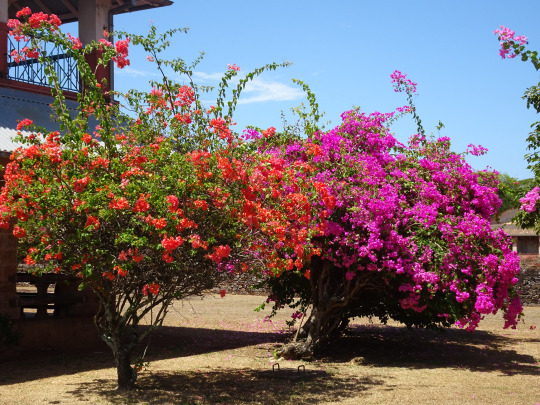#the guianas
Text

"Djeveløya" Devil's Island - Marianne Wiig Storaas , 2023.
Norwegian, b. 1972 -
Oil on canvas , 48 x 36 cm.
#Marianne Wiig Storaas#norwegian artist#coastal landscape#island#French Guiana#Devil's Island#prison colony#“Djeveløya”
62 notes
·
View notes
Photo
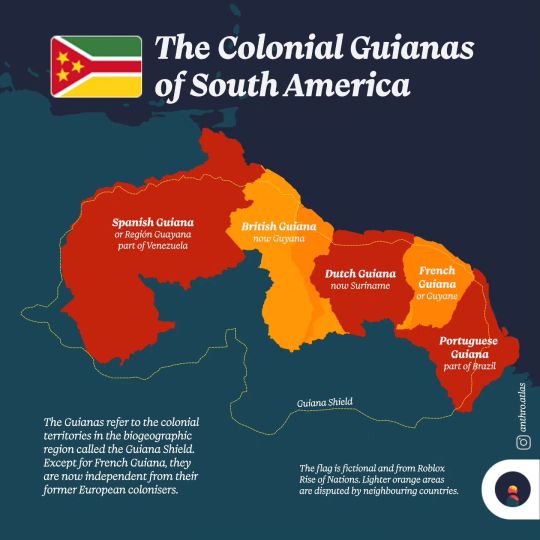
The Five Guianas
by anthro.atlas
The colonial territories in the biogeographic area known as the Guiana Shield are referred to as the Guianas. In an indigenous South American language, the name Guyana or Guayana means “land of many waters.” In the fifteenth century, Europeans began to explore and eventually colonise the Guianas. With the exception of French Guiana, these territories are now sovereign. It should be noted that some sections in this region are disputed: part of Maripasoula between Guyana and French Guiana, lower East Berbice-Corentyne between Suriname and Guyana, and Guayana Esequiba between Venezuela and Guyana.
120 notes
·
View notes
Text

Fort Cépérou, Cayenne, French Guiana: Fort Cépérou was a fort that protected the city of Cayenne, French Guiana. It is named after Cépérou, a celebrated indigenous chief who ceded the land. The original wooden fort was built on a hill looking over the mouth of the Cayenne River in 1643. Wikipedia
58 notes
·
View notes
Text
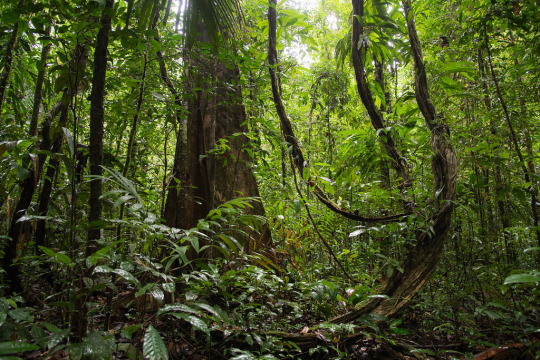
Primary rainforest, Savane-roche Virginia Trail, Regina, French Guiana.
61 notes
·
View notes
Text

Phileurus didymus in Roura, French Guinea
by Duborget.R
#rhinocerous beetles#scarabs#beetles#phileurus didymus#phileurus#Dynastinae#scarabaeidae#coleoptera#insecta#arthropoda#wildlife: french guiana#wildlife: south america
125 notes
·
View notes
Text



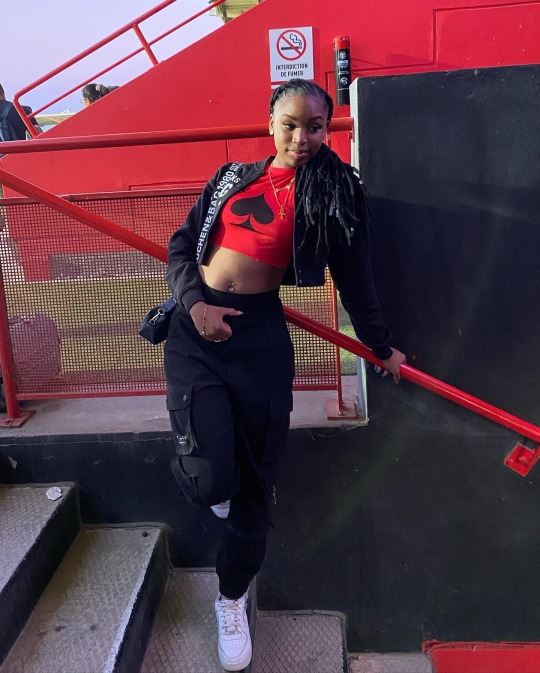





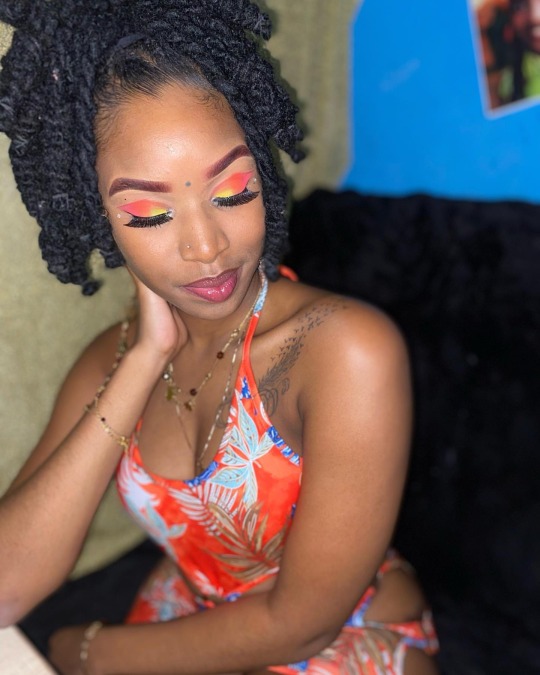
@rasta_do10
🇬🇫
105 notes
·
View notes
Text




Hey guess what it's Argo time
Featuring an outfit idea for post-Gundam Fight, and also chatting with Sai Saici, because let them be friends
#Gundam#G Gundam#Mobile Fighter G Gundam#Argo Gulskii#Sai Saici#big man soft heart#I do adore Argo#wish they let him have more normal conversations with everyone else#I can't stop thinking about the very short conversation he had#with Domon in Guiana Highlands#it was nice and chill let him just be chill
24 notes
·
View notes
Text
Please reblog for a bigger sample size!!
If you have any fun facts about the French Guiana, please share and I’ll reblog it!
40 notes
·
View notes
Video
YPSat looks back to Earth from atop Ariane 6 by European Space Agency
Via Flickr:
An image of Earth acquired by the ESA Young Professionals Satellite payload, YPSat, attached to the upper stage of the inaugural Ariane 6 rocket, launched on 9 July 2024. The YPSat project represents the culmination of about two and a half years of dedication and hard work core team of about 30 Young Professionals from various ESA Establishments, Directorates and disciplines. Sacrificing their spare time, they shouldered the entire responsibility of designing, building and testing the payload before finally witnessing its successful launch. Learn more. Credits: ESA-YPSat
#ESA#European Space Agency#Space#Universe#Cosmos#Space Science#Science#Space Technology#Tech#Technology#YPSat#Ariane 6#Rocket#Launch pad#Guiana Space Center#French Guiana#Europe’s Spaceport#space launcher#engineering#ESA Young Professionals Satellite#Earth#flickr
13 notes
·
View notes
Text
[T]he Dutch Republic, like its successor the Kingdom of the Netherlands, [...] throughout the early modern period had an advanced maritime [trading, exports] and (financial) service [banking, insurance] sector. Moreover, Dutch involvement in Atlantic slavery stretched over two and a half centuries. [...] Carefully estimating the scope of all the activities involved in moving, processing and retailing the goods derived from the forced labour performed by the enslaved in the Atlantic world [...] [shows] more clearly in what ways the gains from slavery percolated through the Dutch economy. [...] [This web] connected them [...] to the enslaved in Suriname and other Dutch colonies, as well as in non-Dutch colonies such as Saint Domingue [Haiti], which was one of the main suppliers of slave-produced goods to the Dutch economy until the enslaved revolted in 1791 and brought an end to the trade. [...] A significant part of the eighteenth-century Dutch elite was actively engaged in financing, insuring, organising and enabling the slave system, and drew much wealth from it. [...] [A] staggering 19% (expressed in value) of the Dutch Republic's trade in 1770 consisted of Atlantic slave-produced goods such as sugar, coffee, or indigo [...].
---
One point that deserves considerable emphasis is that [this slave-based Dutch wealth] [...] did not just depend on the increasing output of the Dutch Atlantic slave colonies. By 1770, the Dutch imported over fl.8 million worth of sugar and coffee from French ports. [...] [T]hese [...] routes successfully linked the Dutch trade sector to the massive expansion of slavery in Saint Domingue [the French colony of Haiti], which continued until the early 1790s when the revolution of the enslaved on the French part of that island ended slavery.
Before that time, Dutch sugar mills processed tens of millions of pounds of sugar from the French Caribbean, which were then exported over the Rhine and through the Sound to the German and Eastern European ‘slavery hinterlands’.
---
Coffee and indigo flowed through the Dutch Republic via the same trans-imperial routes, while the Dutch also imported tobacco produced by slaves in the British colonies, [and] gold and tobacco produced [by slaves] in Brazil [...]. The value of all the different components of slave-based trade combined amounted to a sum of fl.57.3 million, more than 23% of all the Dutch trade in 1770. [...] However, trade statistics alone cannot answer the question about the weight of this sector within the economy. [...] 1770 was a peak year for the issuing of new plantation loans [...] [T]he main processing industry that was fully based on slave-produced goods was the Holland-based sugar industry [...]. It has been estimated that in 1770 Amsterdam alone housed 110 refineries, out of a total of 150 refineries in the province of Holland. These processed approximately 50 million pounds of raw sugar per year, employing over 4,000 workers. [...] [I]n the four decades from 1738 to 1779, the slave-based contribution to GDP alone grew by fl.20.5 million, thus contributing almost 40% of all growth generated in the economy of Holland in this period. [...]
---
These [slave-based Dutch commodity] chains ran from [the plantation itself, through maritime trade, through commodity processing sites like sugar refineries, through export of these goods] [...] and from there to European metropoles and hinterlands that in the eighteenth century became mass consumers of slave-produced goods such as sugar and coffee. These chains tied the Dutch economy to slave-based production in Suriname and other Dutch colonies, but also to the plantation complexes of other European powers, most crucially the French in Saint Domingue [Haiti], as the Dutch became major importers and processers of French coffee and sugar that they then redistributed to Northern and Central Europe. [...]
The explosive growth of production on slave plantations in the Dutch Guianas, combined with the international boom in coffee and sugar consumption, ensured that consistently high proportions (19% in 1770) of commodities entering and exiting Dutch harbors were produced on Atlantic slave plantations. [...] The Dutch economy profited from this Atlantic boom both as direct supplier of slave-produced goods [from slave plantations in the Dutch Guianas, from Dutch processing of sugar from slave plantations in French Haiti] and as intermediary [physically exporting sugar and coffee] between the Atlantic slave complexes of other European powers and the Northern and Central European hinterland.
---
Text above by: Pepijn Brandon and Ulbe Bosma. "Slavery and the Dutch economy, 1750-1800". Slavery & Abolition Volume 42, Issue 1. 2021. [Text within brackets added by me for clarity. Bold emphasis and some paragraph breaks/contractions added by me. Presented here for commentary, teaching, criticism purposes.]
#abolition#these authors lead by pointing out there is general lack of discussion on which metrics or data to use to demonstrate#extent of slaverys contribution to dutch metropolitan wealth when compared to extensive research#on how british slavery profits established infrastructure textiles banking and industrialisation at home domestically in england#so that rather than only considering direct blatant dutch slavery in guiana caribbean etc must also look at metropolitan business in europe#in this same issue another similar article looks at specifically dutch exporting of slave based coffee#and the previously unheralded importance of the dutch export businesses to establishing coffee mass consumption in europe#via shipment to germany#which ties the expansion of french haiti slavery to dutch businesses acting as intermediary by popularizing coffee in europe#which invokes the concept mentioned here as slavery hinterlands#and this just atlantic lets not forget dutch wealth from east india company and cinnamon and srilanka etc#and then in following decades the immense dutch wealth and power in java#tidalectics#caribbean#archipelagic thinking#carceral geography#ecologies#intimacies of four continents#indigenous#sacrifice zones#slavery hinterlands#european coffee
25 notes
·
View notes
Photo
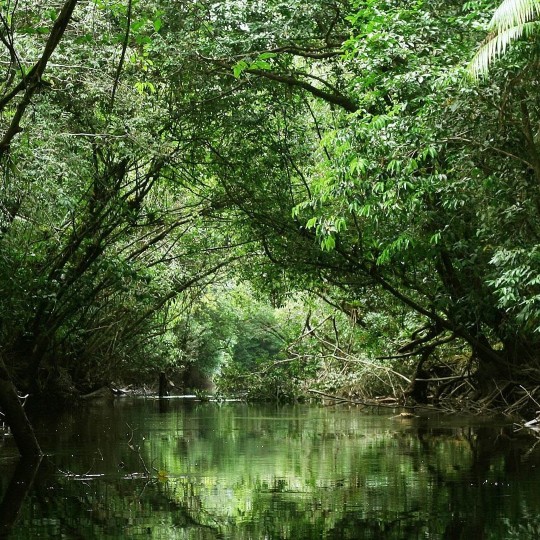

Rainforest and river in French Guiana © K J / Alamy Stock Photo
63 notes
·
View notes
Video
Phaethornis longuemareus by Michel GIRAUD-AUDINE
Via Flickr:
Ermite nain, Litle Hermit. Feeding on Clerodendron paniculatum
#French Guiana#Guyane#Guyane française#trochilidae#Phaethornis longuemareus#Ermite nain#Little Hermit#Clerodendron paniculatum#flickr
11 notes
·
View notes
Photo

France, who's capital is in Europe, shares borders with more than 6 other countries but it's longest border is with Brazil due to it owning and governing French Guiana!
by @GeographicGeoff
127 notes
·
View notes
Photo

A French Guianese couple of Hmong descent
49 notes
·
View notes
Text

A tufted capuchin (Sapajus apella) rests in a tree in French Guiana
by Duborget.R
#tufted capuchin#brown capuchin#capuchins#monkeys#sapajus apella#sapajus#cebidae#simiiformes#haplorhini#primates#mammalia#chordata#wildlife: french guiana#wildlife: south america
54 notes
·
View notes

